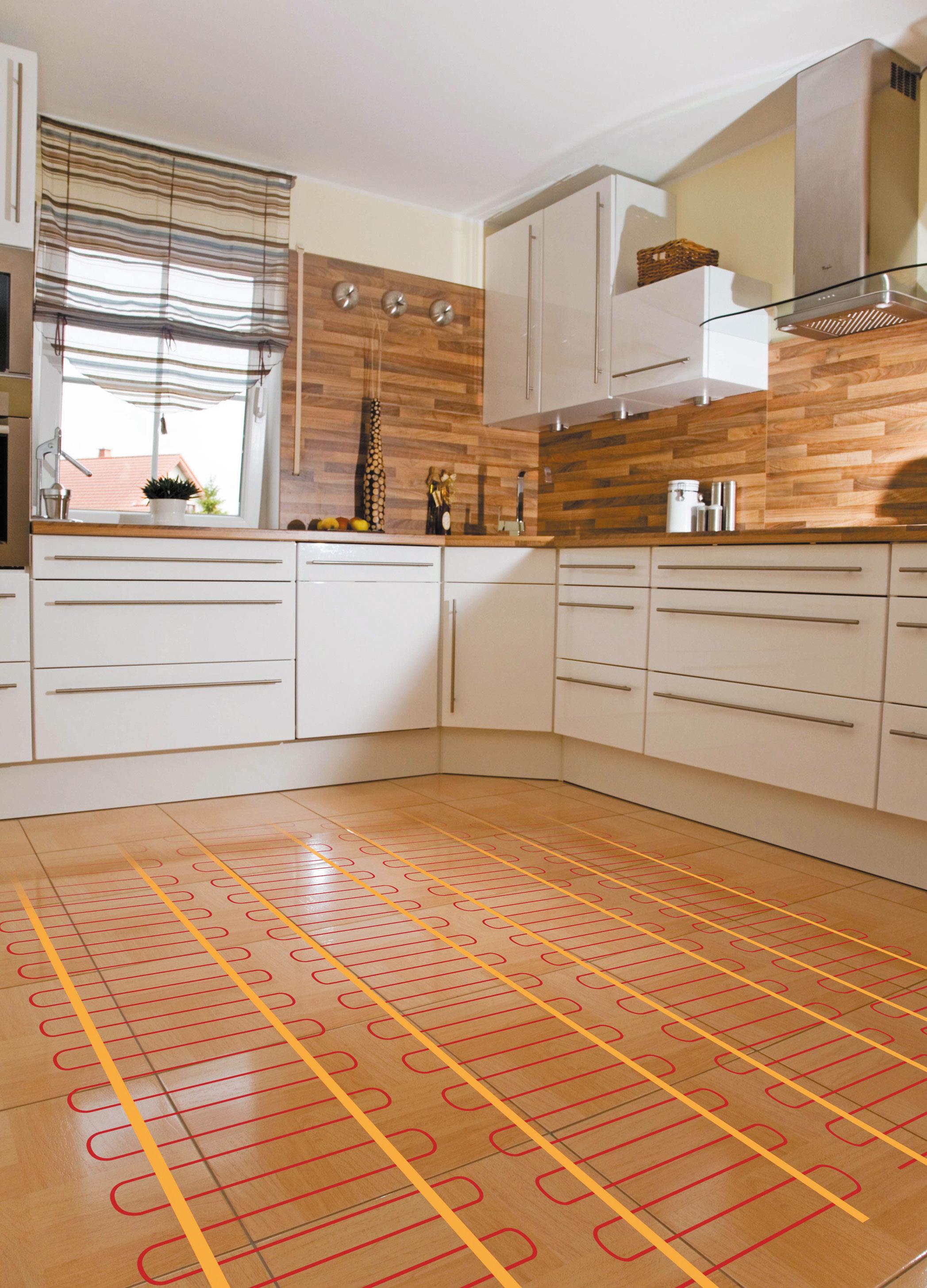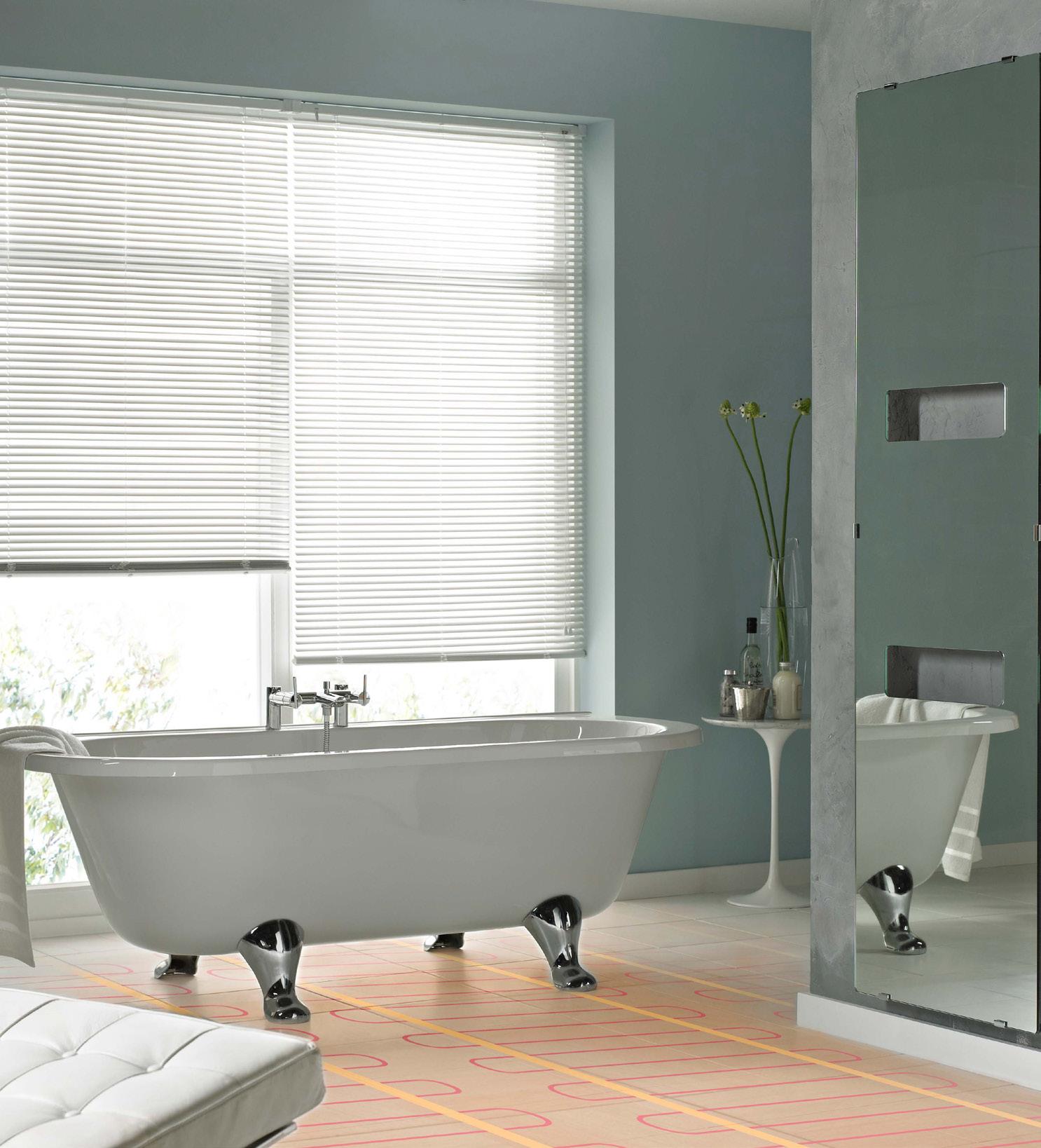
3 minute read
INTERVIEW with Darren Hickman, Vogue (UK)
TURNING UP THE HEAT
Ever had a customer who asks for underfloor heating? Or one that mentions that they have been considering getting a system installed but want your advice whether to go ahead or choose more traditional forms of heating for their home? If so, you may have struggled to give a reliable answer. In this issue we speak to Marketing Manager, Darren Hickman of Vogue (UK) who gives us a better insight into the benefits of installing these 2 heat sources:
Advertisement
Everyone knows about radiators but less so underfloor heating as it’s comparatively new?
That’s not strictly true; though the radiator was invented by a Russian chap back in 1855 and introduced to the UK during the Victorian era; underfloor heating was actually used by the Romans in their bath houses, albeit in a cruder form. So the concept of
Marketing Manager, Darren Hickman of Vogue (UK) takes time out to talk to The Installer Magazine about underfloor heating.
underfloor heating is definitely not a new one. The popularity of underfloor heating is growing throughout Europe and will, I think, become something that installers are asked more about.
So what are the installation implications of fitting underfloor heating?
For those who don’t know, underfloor heating consists of either a network of electric heating cables, or a system of hot water tubes, both of which are then buried into the mass of the floor, giving you either an electric or a hydronic. With both systems, as the floor heats up it 'radiates' heat into the room. This 'radiant heat' then warms items in the room, either furniture or people, rather than using convection to cause warm air currents to heat the room.
Our system at Vogue (UK) is electrical with cables fixed to a mat, which is then installed into the tile adhesive. This makes it relatively quick and easy to install, and ideal for refurbishments. It also means that the cables are perfectly spaced to give an even and consistent heat distribution, and reduces installation costs compared with a hydronic system.

That’s a good point, how do costs differ between underfloor and conventional radiator?
Installation costs vary enormously, depending on the work undertaken. A single radiator added to an existing system may be relatively inexpensive, however, if it is a new system, including a boiler, then fitting electric underfloor heating whilst the rooms are being tiled anyway, can be a favourable option. You really have to look at the 'life time' costs.

Another major cost advantage is that EUFH (electric underfloor heating) is maintenance free, no boiler services, no landlords certificates (where appropriate) and no costly call outs for leaking pipe work.
What about effectiveness? How do they differ?
Radiators will reach operating temperature more quickly than EUFH, and therefore appear more responsive, whereas EUFH is more efficient if left to go on quietly heating the room and its contents, rather that cooling down and then having to heat the whole floor up from cold again. The programmable controller makes this easy, preventing the floor temperature from dropping too low. This is the most efficient and convenient way to use EUFH.
Another major benefit of EUFH, is that, because it doesn't use convection, it is much better for allergy sufferers, as there are no pollutants circulating around the room on the currents of warm air.
So finally Darren, what are the deciding factors in your opinion?
Well, it all comes down to lifestyle and personal choice really, as a supplier of both types of heating sources I can point out the relative benefits. EUFH is a convenient and cost effective way to heat a home, and additionally it leaves plenty of wall space for cupboards, furniture etc. a favoured choice in the UK due to the ease of installation, versatility in operation and its aesthetic desirability.
The perfect solution? Perhaps a combination of both, so that you enjoy the benefits and advantages of either technology.










